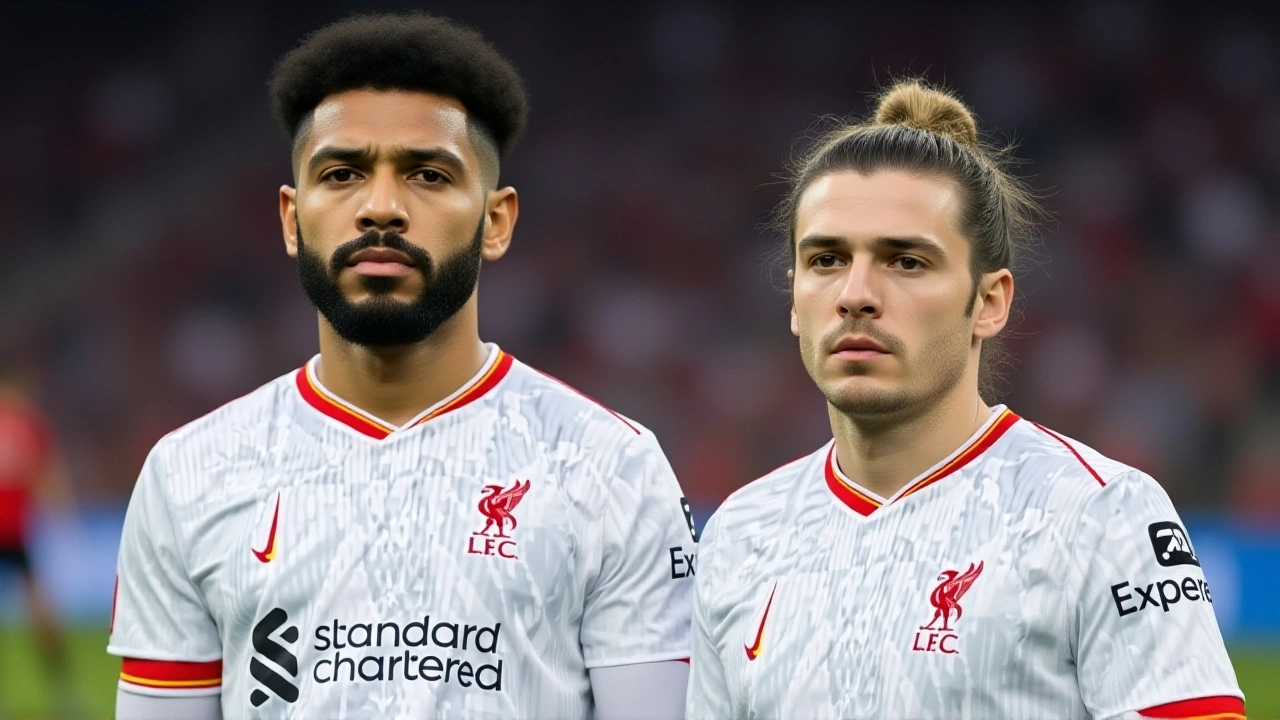Ankle Injury: Quick Guide to Causes, First Aid and Recovery
Ankle injuries happen fast and hurt. You can roll, twist, or land wrong during sport, on stairs, or after a fall. Knowing what to do in the first 48 hours lowers pain and speeds recovery. This page explains common types of ankle injuries, how to treat them at home, when to see a doctor, and simple steps to avoid a repeat problem.
Most ankle injuries are sprains — stretched or torn ligaments on the outside of the ankle. Less common but more serious are fractures and high ankle sprains that affect the bones or the syndesmosis (the ligament between the tibia and fibula). Symptoms that point to a sprain are pain on the outside of the ankle, swelling, bruising, and trouble putting weight on the foot. Severe pain, numbness, deformity, or inability to move the toes could mean a fracture and needs urgent care.
Immediate Care (First 48 hours)
Act fast: stop activity and protect the ankle. Use pressure to control any bleeding and apply ice for 15–20 minutes every two hours to reduce swelling. Wrap the ankle snugly with an elastic bandage or compression sleeve, but don’t cut off circulation. Keep the injured foot elevated above heart level as much as possible. Over-the-counter pain relievers like ibuprofen help with pain and inflammation if you can take them safely. Avoid heat, massage, or heavy weight in the first two days.
If you can’t walk more than a few steps, the ankle looks deformed, or the pain is sharp and worsening, get medical help. A doctor will examine the ankle and may order an X-ray or MRI. Sprains are graded: Grade 1 is mild stretching, Grade 2 is partial tear, and Grade 3 is a complete tear. Treatment ranges from rest and exercises to a boot or, rarely, surgery for severe tears or fractures.
Rehab and Prevention
Rehab starts with gentle range-of-motion exercises, moving to strengthening and balance work after pain drops. Simple moves include ankle circles, towel stretches, calf raises, and single-leg stands. Progress slowly: rushing back to sport raises the risk of re-injury. Physical therapy helps if you struggle with balance, strength, or chronic pain.
Prevent future ankle trouble by building ankle strength, wearing supportive shoes during sports, and using ankle braces if you have a history of sprains. Warm up before activity and add balance training—10 minutes a day can make a difference. If you have repeated sprains, ask a doctor about deeper issues like ligament laxity or undetected fractures.
Quick care, guided rehab, and sensible prevention let most people regain full function within weeks to months. Treat signs of serious injury seriously to avoid long-term problems like chronic instability or arthritis. Keep reading tag stories and guides here for injury updates, athlete cases, and expert tips from Africa Daily Dispatch.
A quick checklist: ice, compress, elevate, pain meds, limited walking, follow-up X-ray if worse, start gentle exercises at 3–5 days, physio at two weeks and avoid high-impact sports.
Ryan Gravenberch’s Season-Ending Injury Deepens Liverpool’s Crisis Amid 6 Losses in 7 Games
Liverpool’s title defense crumbles as Ryan Gravenberch’s season-ending ankle injury, compounded by a controversial red card, leaves the squad depleted. Six losses in seven games and 23 yellow cards raise alarm.
Arsenal's Martin Odegaard Faces Uncertain Future After Sustaining Ankle Injury in Norway's Victory
Arsenal's captain Martin Odegaard suffered a suspected ankle injury during Norway's latest match, causing concern for both his club and national team. The incident arose from a clash with Austria's Christoph Baumgartner, leaving Odegaard clutching his ankle and exiting the pitch. Norway secured the win, but the injury's severity and its implications remain unknown.

